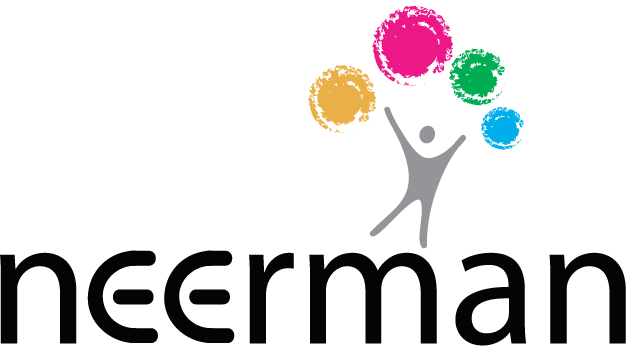Questionnaire Design: 4 Principles for Preparing Good Questionnaires
December 2, 2020Theory of Change: What is it and How to Develop it
December 16, 2020Programming and Monitoring Systems to Coordinate Public and Private Action to Achieve Sustainable Development Goals
The world leaders have long recognized the need to make a common commitment towards alleviating poverty and addressing key global development challenges of the world. In 2000, the United Nations set eight quantifiable goals as the commitments of the Millennium Declaration by all UN member states by 2015.
The actual achievement of the eight Millennium Development Goals (MDGs) has been a subject of intense debate globally. For example, the UN claimed that poverty reduced by more than 50% in the fifteen-year period.[1] However, many argue that this is just an expected consequence of economic growth and not due to any special development activities.
Moreover, progress on some indicators (e.g., infant and maternal mortality) was not encouraging. Overall, MDGs perhaps needed to be more rooted in specific development needs of the countries, identified ways to measure impacts in an accountable and verifiable manner, and even set goals and targets that would make a true difference in the lives of billions.
In this thought piece, I make a pitch for coordinated actions of public and private programmes under CSR with help of harmonized results framework and monitoring systems.
Development of Sustainable Development Goals
Responding to the needs to ‘better’ goals, global leaders developed the Sustainable Development Goals (SDGs) in 2013 aiming to build on the work already done by the MDGs, but more universally applicable to all 193 member countries of the UN.
SDGs include 17 goals with 169 targets to be met by 2030, and 230 indicators to measure this progress under various themes of environment, social inclusion, and economic growth. While these global goals are not legally binding to any country, the individual governments are still expected to take ownership and be held accountable in case of missing these global targets. If politicians around the globe stress, prioritize, and incentivize foundations and international development finance institutions to align their programs with the SDGs and measure the success using SDG (related) indicators, then even the national government would be able to demonstrate the achievements by both public and private programmes towards SDG targets.
Lack of coordinated Action between Private and Public programmes in India

NEERMAN’s monitoring and evaluation work across India makes us painfully aware that most private programmes in India are not sufficiently integrated and focused on working towards SDGs unlike the government or public programmes. Guiding frameworks and policies do not exist to drive CSRs, NGOs and other private social enterprises in a coordinated manner towards achieving SDGs as a country. As a result, private programmes sometimes get driven by personal preference and sometimes by interest area of the local implementing partner. Rarely do private programmes consider region-specific development needs, existing government programmes and policies, actual gaps that private programmes can address, and results framework that is aligned to indicators defined under SDGs or even to national frameworks.
Use of Monitoring Systems and Secondary Data for Coordinating Action
While above is easier said than done, it is also not rocket science. A wealth of secondary data and programme monitoring data is available for government programmes and digital India initiative is making data accessible like never before. Government programmes are also more open to public-private partnerships to drive development faster, and technology has made rigorous monitoring and evaluation much more accessible to even non-researchers and programmes with limited funding.

Programme planning and development of results framework of private (mainly with CSR and private foundation funding support) can proactively ask a few critical questions to start with:
- which are the SDGs this programme is working towards?
- Are the indicators defined similarly to SDG indicators or can we construct SDG indicators from the available information?
- Can the monitoring framework be integrated with MIS of relevant government programmes, at least in terms of overlap of key indicators?
- Have we made reasonable efforts to target programme where the need is more acute (even within regions selected for strategic or business or convenience reasons)?
Ultimately, not only the public and private programmes and policies need to be geared towards achieving SDGs (after they are prioritized and contextualized to India’s or a local area’s needs), but even the M&E systems and research need to enable organization work towards the SDGs.
As a small start from our end, NEERMAN will be freely making available data on a plethora of indicators that are linked with SDGs based on sources such as NFHS, Census, NCRB, and other such publicly available databases. Currently, the lowest unit at which data is available is at district level but hey it is a start!
We invite you to register on this platform for this resource as well as more we intend to develop over time, plus to get intimation of subsequent updates.




